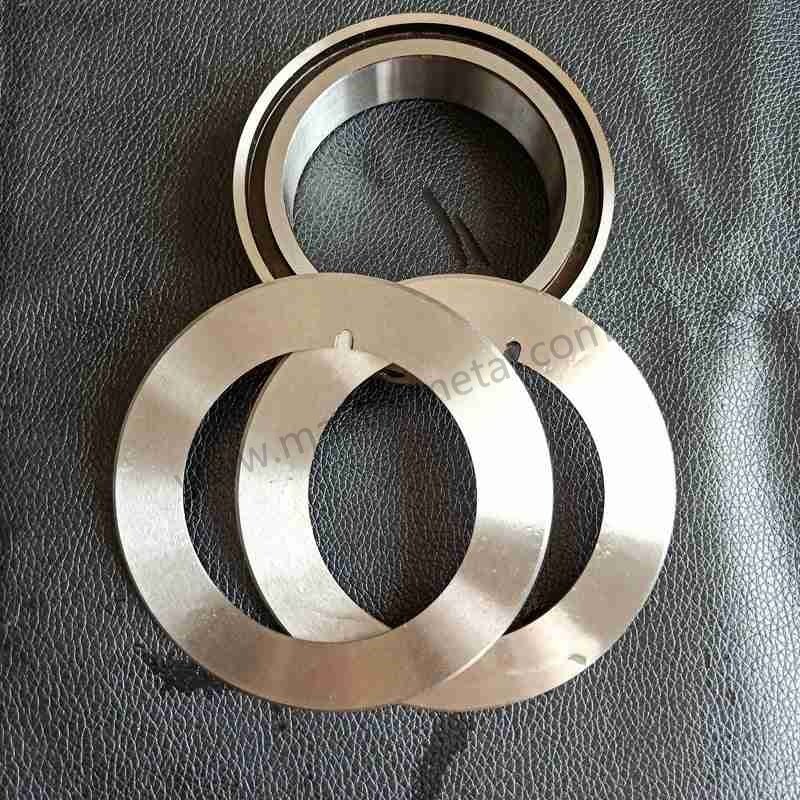| Other Names | slitting machine cutting blade, Slitter blade, Slitting blade, Slitter knife, Slitting knife, Slitting tool, Slitter cutter, Slitting cutter |
|---|---|
| Place Of Origin | China |
| Application | Plastic, Paper, Board, Non-woven, Film, Foil, Labels, Tape, Textile, Packaging, Carpet, Bags, Rubber |
| Material | 65Mn,9CrSi,Cr12MoV,SKD-11,HSSl |
| Model Number | CV-TK |
| OEM Service | Available |
| Payment Terms | L/C, T/T, Western Union |
| Package | Carton box, In wooden cases |
| Delivery Time | 7-20 Days |
Share to:
Slitter blades are crucial components of slitting machines. Selecting the right blades not only extends their lifespan but also ensures cutting quality, preventing burrs and excessive debris on materials.




Our slitter blades are made from various high-quality materials, including high-carbon steel, high-speed steel, tool steel, alloy steel, and stainless steel. Customers can choose the most suitable material based on their specific needs.
We offer customized blades based on drawings and specific customer requirements, ensuring each blade perfectly fits your equipment and production needs.
Learn how to custom blades!
Slitter blades, also known as slitting knives or rotary knives, are circular or disc-shaped cutting tools used in slitting machines to cut wide rolls of material into narrower widths. These blades typically operate by rotating against a fixed anvil or another rotating blade, creating a precise and clean cut as the material passes through the slitting machine. The term “slitter blades” emphasizes their primary function of slitting or cutting material along its length.
Slitter blades are essential tools across a wide range of industries that process materials in roll form. Their key applications include:
The choice of material for slitter blades depends on the type of material being slit, the speed of operation, and the required blade life. Common materials include:
Coatings such as titanium nitride (TiN), chromium nitride (CrN), or diamond-like carbon (DLC) can be applied to enhance surface hardness, reduce friction, and extend the life of slitter blades, especially when dealing with abrasive or sticky materials.
Slitter blades are primarily circular but come in various edge configurations and thicknesses to optimize slitting performance:
The working principle of slitter blades involves rotary motion combined with controlled pressure to shear or crush the material as it passes between the blade and a counter surface (another blade or an anvil). The sharpness and geometry of the cutting edge, along with the speed of rotation, material tension, and the specific slitting method (shear cut, score cut, etc.), determine the quality and efficiency of the slitting process. Proper setup and alignment of the slitter blades are crucial for clean and accurate slitting.
Choose Nanjing Metal Industrial‘s slitter blades to significantly enhance your production efficiency and product quality. We are committed to providing you with the highest quality blades and the most professional service to meet your slitting needs across various industries.
1. One-stop hassle-free import service
Easy to enjoy the convenience of importing, from transportation to customs clearance, we handle the whole process, you just need to pay VAT and wait for the goods to arrive at the company.
2. Competitive Pricing
We have seen its blades used in countless applications and is ready to handle whatever project you throw our way -delivering accuracy, durability, and unmatched competitive pricing.
3. ODM & OEM Available
Whether you provide drawings, sketches or samples, we are able to draw and manufacture for you. We also have the ability to assist in modifying existing designs and specifications to improve almost any industrial tooling application. Please contact our dedicated sales team to discuss your specific requirements.
4. Quality Control
A series of testing and inspections are performed to control quality, including first article inspection, Incoming material inspection, and materials certified, In-process quality inspection, Final quality inspection.
5. Flexible procurement, unlimited cooperation
Whether you are an importer, distributor, wholesaler or end-user, we welcome you to join us with minimum MOQ, no hassle for inquiry and more freedom for purchasing.
6. Overseas monitor, production progress real-time report
Become your exclusive monitor, regular transmission of every important node in the production line, no matter how far away, the progress of the product as far as possible to grasp!








Nanjing Metal Industrial CO., Limited
Mingjue Industrial Park, Lishui, Nanjing, Jiangsu, China
Stay up to date with our latest news.